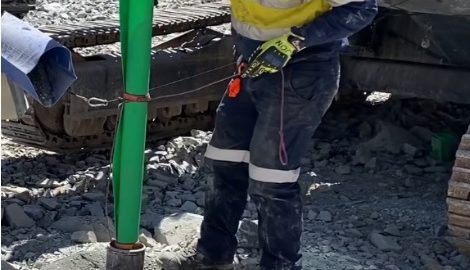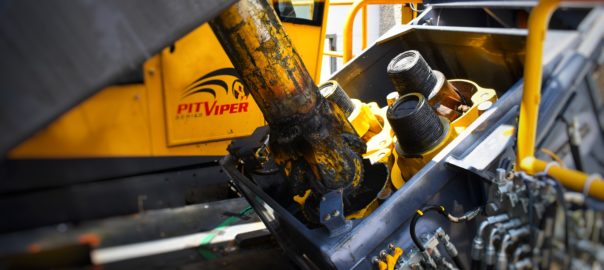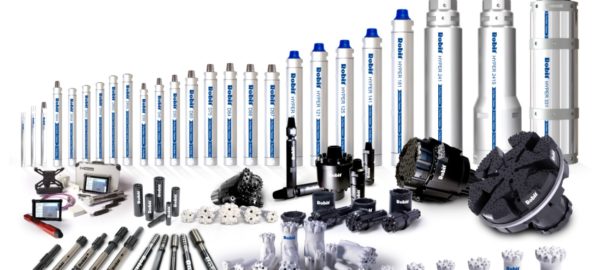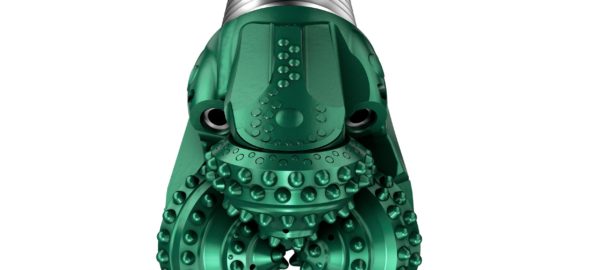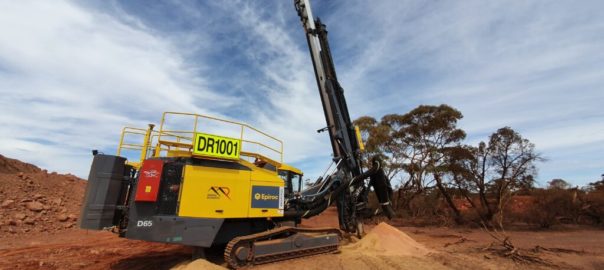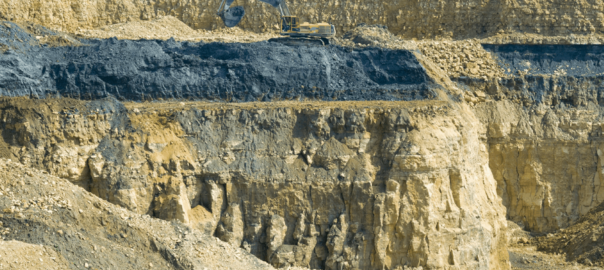Hexagon’s Mining division has signed an exclusive partnership agreement with Phoenix Drill Control, a technology company specialised in implementing autonomous technology to the open-pit, blasthole drilling process.
Applying artificial intelligence (AI) and machine control to drill automation, Phoenix Drill Control’s autonomous drill technology overcomes the constraints typically associated with traditional drill automation platforms, such as removal or replacement of existing machine controls, extensive operator training and reliance on operator input, according to Hexagon’s Mining division.
AI algorithms monitor all input signals and take dynamic corrective action, without operator input and before catastrophic hole failure or a stuck drill bit occurs. Phoenix’s autonomous drilling platform has a proven production track record demonstrating that it outperforms the industry’s existing automated drills.
Optimised drill operations have the potential to significantly improve a mine’s bottom line by protecting machine life, ensuring high-quality blast holes and reducing overall drill costs, the company said. Consolidating the necessary technology into one connected platform is how Hexagon is helping to empower its customers’ autonomous future.
Ryan Hawes, COO, Hexagon’s Mining division, said: “Partnership with Phoenix Drill Control will further enhance Hexagon’s autonomous capabilities. Phoenix Drill Control’s simplified, scalable automation platform is commercially available immediately. It will bring profound benefits to customers, including faster decisions with greater accuracy, improved health and safety, greater efficiency by eliminating errors and a smaller environmental footprint.
“Like Hexagon, Phoenix Drill Control creates technology that is scalable and platform-agnostic. This ensures data is accurate, without operator induced noise, and does its best work, arming customers with a feedback loop that points the way to a safer, more productive and sustainable future.”
Mark Baker, President of Phoenix Drill Control, added: “We’re excited to partner with Hexagon and believe our collaboration will benefit customers. The combination of Phoenix’s AI technology with Hexagon will propel autonomous drilling to the forefront of the industry. After all, drilling is at the beginning of the mining process, and when done right, the entire value chain benefits.”









